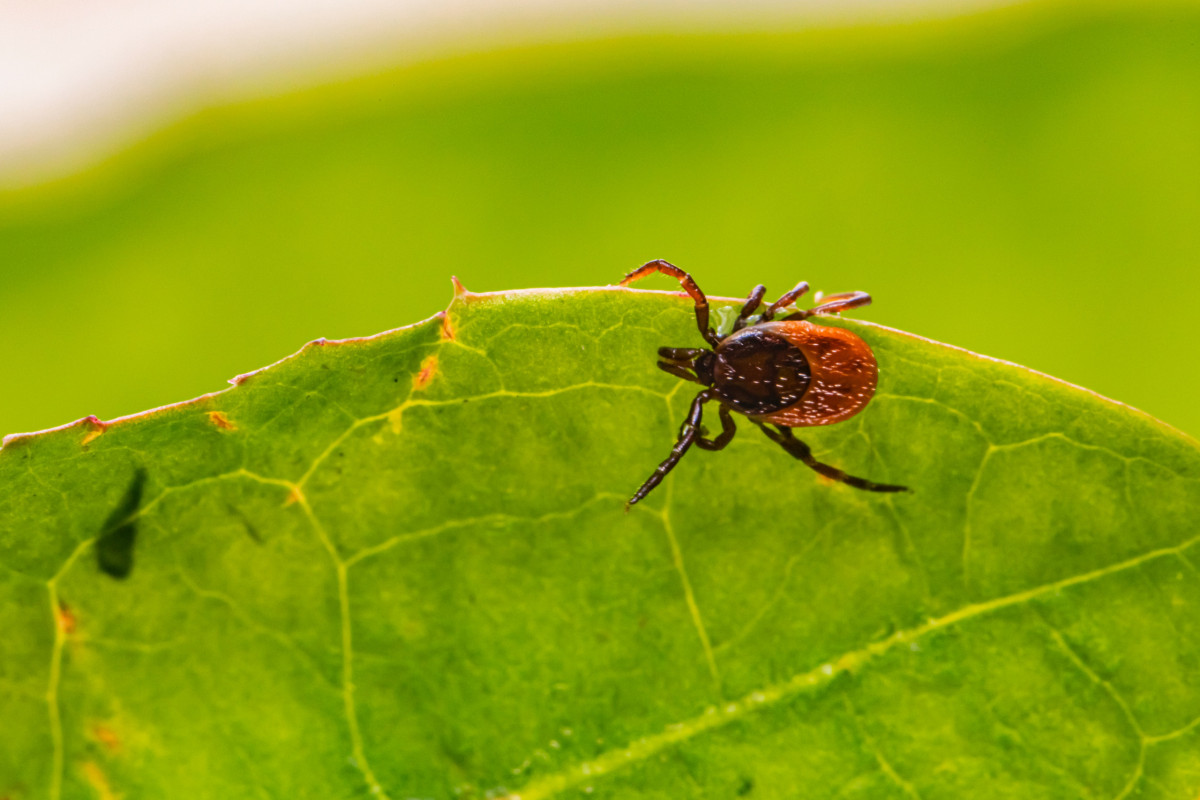The number of Lyme disease cases in France has reached nearly 70,000 in recent years. Ticks are widespread across the country and preparation is key to avoiding getting bitten.
Around 20% of ticks in France are believed to be infected with Lyme disease. It is a bacterial infection that can be passed to humans and can cause symptoms varying from a high temperature and fever to headaches, muscle and joint pain, and persistent tiredness. One of the earliest signs of a bite by a Lyme-infected tick is a circular or oval rash.
“The rash can appear up to three months after being bitten by an infected tick, but usually appears within one to four weeks. It can last for several weeks,” reads an NHS guidance page on Lyme disease. “The rash can have a darker or lighter area in the centre and might gradually spread. It’s not usually hot or itchy. The rash may be flat, or slightly raised, and look pink, red, or purple when it appears on white skin. It can be harder to see the rash on brown and black skin and it may look like a bruise.”
The earlier Lyme disease is treated, typically with a course of antibiotics, the less likely the worst affects, which include heart, eye and neurological issues, will be felt.
Cases in France have wavered between 50,000 and nearly 70,000 cases in the last eight years, and ticks are now found throughout the country, particularly in woody and grassy areas. A map by Inrae, created as part of a nationwide plan to combat Lyme disease and other tick-borne diseases, indicates the parts of the country where they are most prevalent.
How to spot and remove ticks
The best way to avoid a bite is preparation before going outside, whether into the countryside or a home garden. Long-sleeved tops and full-length trousers will protect against ticks and repellent can be used on skin and clothing. The France’s Santé Publique organisation also recommends sticking to paths and avoiding wandering in long grass, which is a natural habitat for ticks.
People are advised to check their skin for ticks after spending time outside. Given their initial small size, as little as one to three millimeters, they can be hard to spot. Children and pets should also be checked regularly.
If a tick is found, it is important to remove it correctly, using a tick removal tool or fine-tipped tweezers, by grasping the tick as close to the skin as possible and slowly pulling upwards without squeezing or crushing the tick as this can cause it to become even more embedded in the skin. The bite should then be cleaned with antiseptic. The chance of infection with Lyme disease is lowered the sooner an infected tick is located and removed.
For further advice in English, please click here. For the Ameli and French language equivalent, please click here.
Sign up for the Monaco Life newsletter. For the latest news, follow us on Facebook, Twitter, and Instagram.
Photo source: Erik Karits for Unsplash
